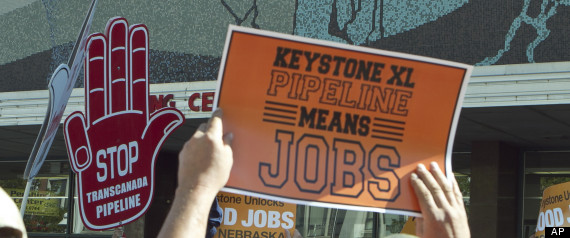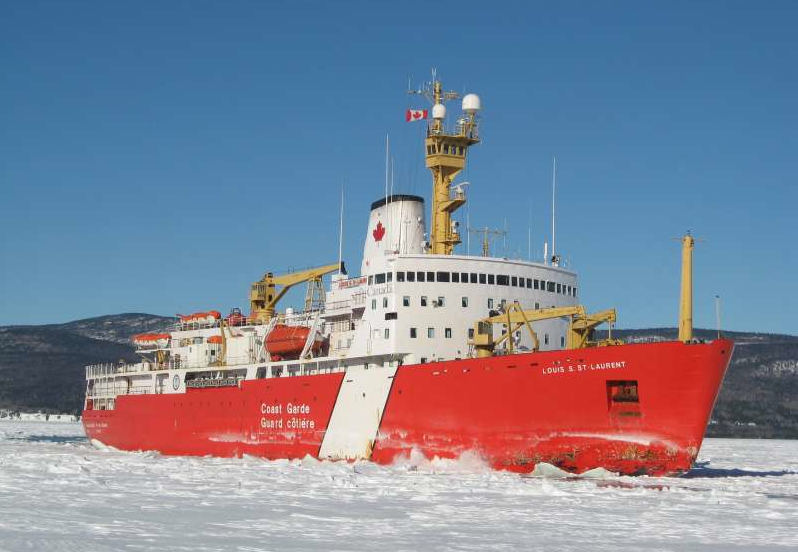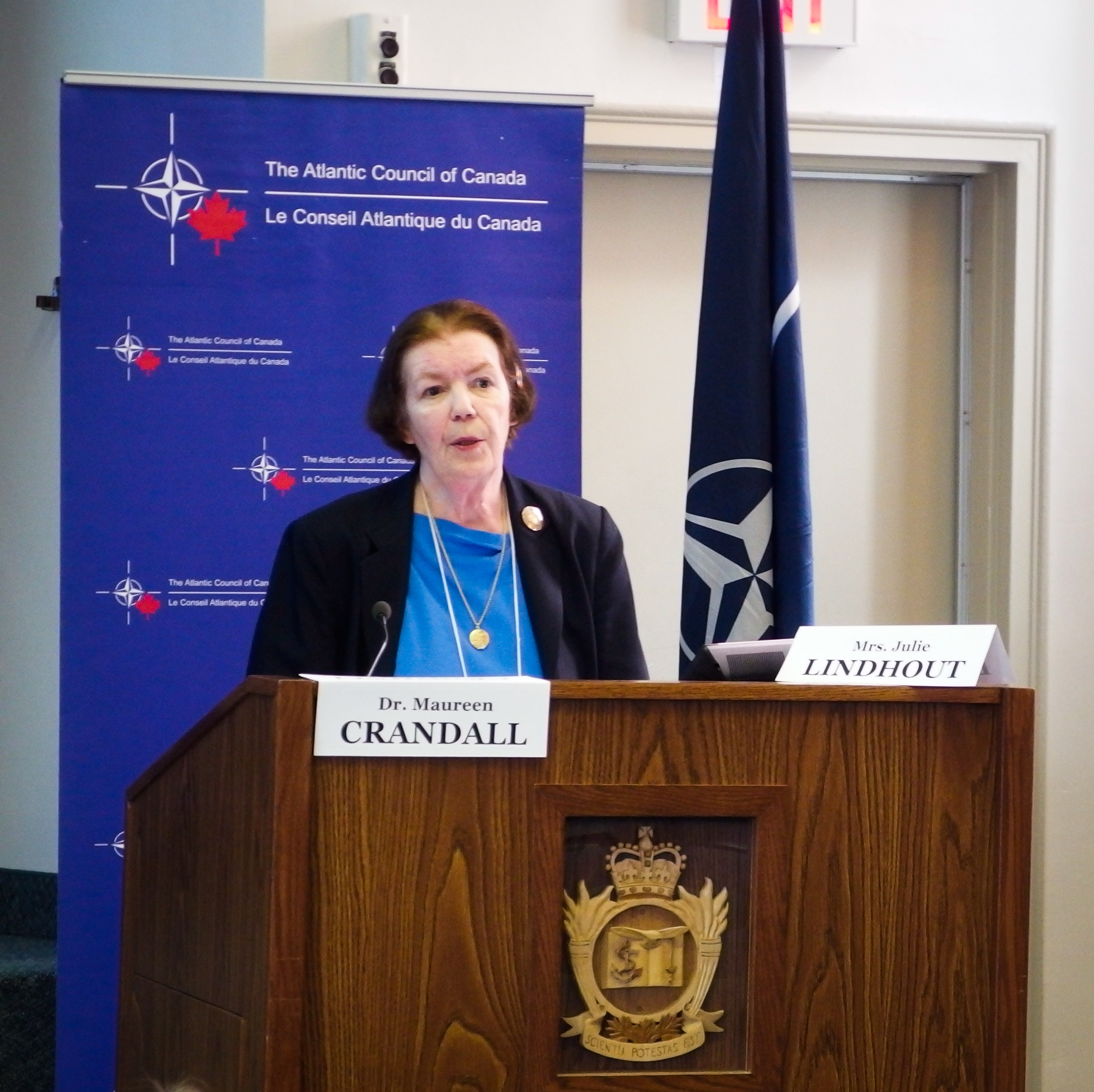Meeting adjourned
Just a couple of weeks ago, Canada’s Natural Resource Minister Joe Oliver was in Washington, DC to meet with the U.S Energy Secretary Ernest Moniz on emission regulations. This idea was first initiated by Stephan Harper’s proposal to Barack Obama on gas and emission regulations that would help win approval for the Keystone XL pipeline project which would transport Alberta oil sands crude to refineries along the Texas Gulf Coast. The government of Canada goal has been to work together with the U.S in the efforts to harmonize emission policies.
Keystone XL Pipeline Project:
On May 2012, TransCanada filed an application for a new Presidential Permit with the U.S. Department of State. On January 2013, the proposed Project was approved by U.S Governor Dave Heineman. Then, on March 1, 2013, the United States released a Draft Supplementary Environmental Impact Statement on Keystone XL.
So what exactly is this Keystone XL pipeline project? This project is a 1,179 mile, 36 inch diameter crude oil pipeline. The crude oil pipeline will start in Hardisty, Alberta 329 miles to Monchy, Saskatchewan and 850 miles into the United States Phillips County, Montana to Steele City, Nebraska. This project will bring a capacity of 830,000 barrels of oil a day to the Gulf Coast and Midwest refineries. About 15 million barrels of oil is consumed each day in the U.S and nearly 60 percent of that oil must be imported from outside the U.S. The U.S is really dependent on foreign imports of oil to sustain its consumption. The top oil suppliers to the U.S are Canada with 29%, Saudi Arabia with 14%, Venezuela (10%), Nigeria (10%) and Mexico (8%). The Canadian Energy Research Institute (CERI) estimates that the U.S will benefit more from Canada’s growing production of oil sands. The institute also estimates that Canada’s oil sand will increase U.S economic output by $45 billion, while adding a $172 billion to America’s gross domestic product by 2035. The project will also create thousands of jobs.
[captionpix align=”center” theme=”elegant” width=”300″ imgsrc=”http://natoassociation.ca/wp-content/uploads/2013/09/Keystone-Pipeline-System-2013-02-20.jpg” captiontext=”The pipeline would traverse six states – Montana, South Dakota, Nebraska, Kansas, Oklahoma and Texas “]
The main purpose for this project is to bring prosperity to the American economy secure its energy supply and reduce American independence on oil from Venezuela and Middle East by nearly 40 percent. This project is viewed as one of the most advanced pipeline operations in North America. The proposed partnerships between the neighbouring friends seeks to provide essential infrastructure to North American oil producers will also bring growth to oil producers in the Bakken region of North Dakota and Montana as it will provide long term energy prosperity and economic boosts to Americans, meaning more employment opportunities to its citizens.
The Pipeline Division:
On September 4th-8th, the Pew Research Center surveyed 1,506 adults on energy related issues. The results showed that 65% of Americans favor the project while 30% opposite it. Though there is a broad support for the project, it can be seen that there is also a sharp partisan divide on the Keystone pipeline.
[captionpix align=”center” theme=”elegant” width=”350″ imgsrc=”http://natoassociation.ca/wp-content/uploads/2013/09/pew-support-keystone.png” captiontext=”Pew Research Center survey on Keystone XL Pipeline Project”]
Environmentalists oppose of the Pipeline Project because they believe that it will augment the development of carbon-intensive oil sands. On September 19, Anthony Swift of the Natural Resources Defense Council expressed to the U.S. House of Subcommittee that “Keystone XL would pipe some of the dirtiest oil on the planet through the breadbasket of America to be shipped overseas through the Gulf of Mexico.” Opponents of the pipeline argue that if the project goes through, then it will cause harm to the climate. Billionaire Tom Steyer has also re-invented himself as an anti-Keystone campaigner and argues that the project would actually be bad for the economy. He is an activist in taking the project down and is donating heavily onto the disapproval of the project.
[captionpix align=”left” theme=”elegant” width=”300″ imgsrc=”http://natoassociation.ca/wp-content/uploads/2013/09/cana-tarsand.jpg” captiontext=”Protests against the project”]
Delays have now taken place. Policymakers in Ottawa and Alberta’s oil industry are frustrated by the five-year long review of the project. Because the project crosses an international border, Canada must wait for the U.S Department to make a final decision on the pipeline project.
The U.S is deciding on whether the pipeline is of national interests. Obama is scheduled to make a decision on the Keystone XL Pipeline Project sometime in December 2013 or January 2014. If Obama disapproves, then Canada will have to look for other options for its pipeline project.




